Odd growths on plant leaves or stems ranging from tiny bumps to red, spiny growths to pinecone-like growths on willows are a unique plant/insect relationship. These growths, called galls, typically don’t harm the plant but are extremely beneficial to the insect.
In the plant/insect relationship, the insect lays egg(s) in a plant and the resulting abnormal growth in the plant creates a gall. Typically ranging from one-sixteenth of an inch to over two inches, the gall grows with the egg and larva until it pupates and emerges.
Each insect and plant combination results in a specific type of gall. If several different insects lay eggs on the same plant, different galls are produced. Over 2,000 insects produce galls in the United States, of which 1,500 species are wasps or gnats. Organisms that instigate galls include beetles, moths, aphids, flies, wasps, bacteria, mites, fungi and nematodes (parasitic worms).
Generally, an insect targets one plant species to lay her eggs on which results in a gall of a certain size, shape and color. Galls can be round, oblong, egg-shaped, spindle-shaped, bottle-shaped or an odd-ball shape. Gall flies lay their eggs on willows and produce a pinecone-looking gall. Other specific galls are called oak apples, honeydew and ambrosia galls.
Insect gall makers lay their eggs in different parts of the plant: buds, leaves, stems or roots. Gall insects are more attracted to certain plant families, such as willow, rose, daisy and oak. Goldenrod is another plant that certain insects target for galls.
Generally, insects lay the eggs in the spring during the plant’s accelerated growth period. Mature plant parts don’t react to gall-making insects.
The exact mechanism for gall production is uncertain but scientists believe the growth results from a chemical released by the eggs and larvae and/or mechanical damage to the plant. The gall begins forming through increased production of normal plant growth hormones, resulting in localized plant growth.
After the egg hatches, the larva continues to release the chemical that stimulates plant growth and keeps the gall growing to match its size. The mass of tissue around the larva is a defensive reaction by the plant to contain the larva from eating the rest of the plant. To the larva’s benefit, the gall is edible and highly nutritious with the concentrated new growth.
Some larvae spend the majority of their lives within the gall. Many overwinter within the gall, pupate in the spring and emerge as adults to begin the process all over again. Wasps, moths and flies (all possessing chewing mouthparts) chew their way out of galls when adults. Other species almost chew their way out as a larva (when they have chewing mouthparts) and then force their way through the remaining thin layer after they pupate.
Overwintering larvae may be protected by the elements but not from predators. Downy woodpeckers and black-capped chickadees are a few predators that hone in on the conspicuous galls for a protein-rich meal in winter.
Once empty, galls become shelter for other insects, sometimes even nurseries for other insect eggs. Whether empty or occupied, galls provide visible sign of part of an insect’s life that often goes unseen.

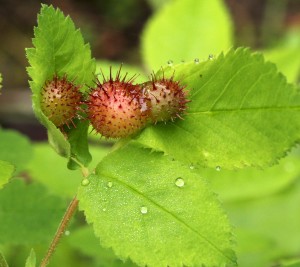
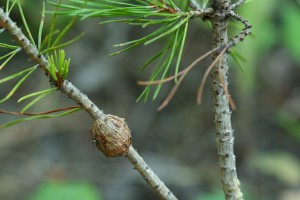
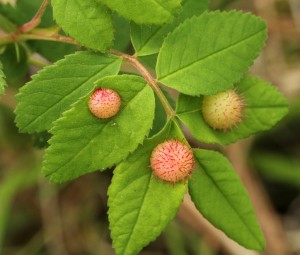

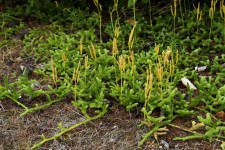
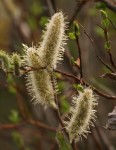
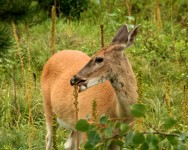
Insects anywhere on the plant. If you bring these unwanted bugs into your home, they will likely attack your other plants, too.
weed